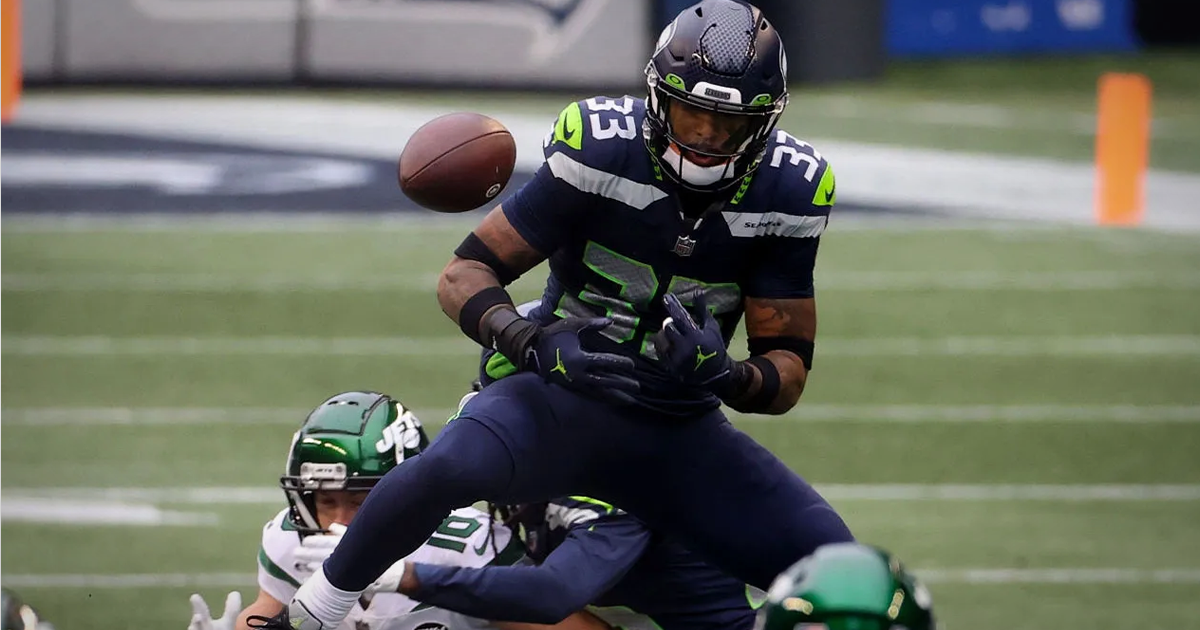
October 2023
The Power of Numbers: Data Analysis in F1 and NFL

In today's world, data and its analysis have taken on a crucial role in strategic decision-making across various fields. In the realm of sports, Formula 1 and the NFL are clear examples of how analytics and statistics have transformed the way teams play and are managed.
Analytics in Formula 1: A Data-Driven Industry
Formula 1 is much more than a sport; it's a multi-billion-dollar industry driven by cutting-edge technology. From innovations in materials to hybrid power units and aerodynamic design, Formula 1 is a hotbed for cutting-edge technology. A key element in this environment is the intensive use of advanced communication technologies and Big Data.

Data Generation and Analysis
During a Grand Prix weekend, each Formula 1 car generates a massive amount of data. It's estimated around 300 GB of data per car every race weekend. This data comes from an impressive network of 150 to 300 sensors scattered throughout the vehicle.
These sensors collect data on various parameters, including temperatures, pressures, speeds, G-forces, airflow, vehicle position, tire wear, and much more. All of this data is crucial for car development, strategy optimization, and continuous performance improvement.
Technology and Real-Time Analysis
Handling this massive amount of data requires advanced real-time collection, storage, and analysis technology. Teams have partnered with experts in cloud computing and data analysis to manage this enormous amount of information effectively.
Engineers and analysts use this data to glean vital insights that guide car development and adjustments in key areas like aerodynamics, performance, and handling. Additionally, pilots' biometric data is recorded and analyzed to ensure their safety and optimal performance during races.
Case Study: The 2012 Brazilian Grand Prix
A prominent example of how data analysis can influence race outcomes is the 2012 Brazilian Grand Prix. Sebastian Vettel, seemingly in an unfavorable position, was able to come from behind and win the world championship thanks to swift and accurate data analysis, allowing his team to make key strategic decisions in real-time.
Analytics in the NFL: Revolutionizing Game Strategies
In the NFL, analytics has also revolutionized the way the game is played and strategic decisions are made on the field. Increasingly, teams use historical data and statistical models to assess the probability of success in different game situations.

Making Data-Driven Decisions
Coaches utilize statistical models and historical data analysis to make informed decisions at crucial moments in the game, such as during the fourth down. These analyses evaluate the probability of winning based on the game situation, including the point difference, remaining time, and field position.
Application Example: Fourth Down Decisions
The fourth down is a clear example of how data and analytics influence game strategies. Teams assess success probabilities before deciding whether to attempt to advance for a first down or punt the ball. These decisions are based on precise calculations considering various game factors.
Conclusions
In both Formula 1 and the NFL, analytics and data analysis have transformed how sports are approached. In Formula 1, real-time Big Data analysis is essential for optimizing car performance and making strategic decisions. On the other hand, in the NFL, historical data and statistical models are driving game strategies and on-field decisions.
Analytics in the sports world not only enhance performance and strategy but also add a new layer of excitement and intelligence to the game. As technology and analytics continue to evolve, we will continue to witness significant advances in how sports are played and managed globally.
Written by Isaac de la Luz Arenas, Associate & Development Manager.